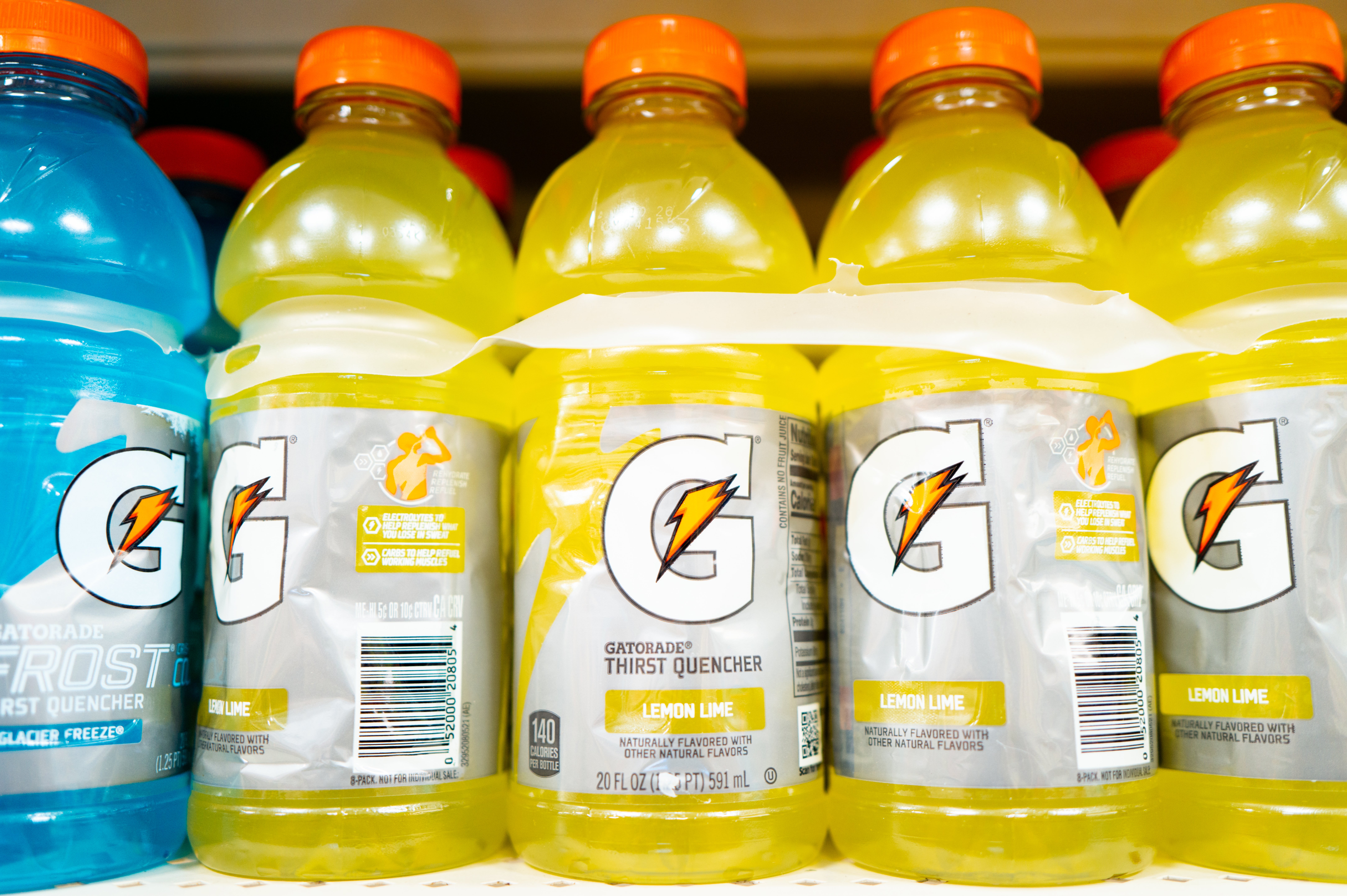One in five packaged food and drink products in the U.S. contain synthetic dyes that have been associated with behavioral problems in children, researchers warned on Wednesday.
The dyes, which are used to make items more colorful and enticing to consumers, are typically made from petroleum. Previous research from the state of California and its schools has shown that they may cause or worsen hyperactivity in some children.
Earlier this year, the Trump administration announced plans to phase out the use of these dyes in the nation’s food supply, citing health concerns. Companies have pledge to act in compliance with health officials, and Gatorade-maker PepsiCo said in April that it has been phasing out artificial colors. Kraft Heinz has pledged to eliminate all chemical food dyes within two years. The company makes the American staples Kool-Aid and Jello-O, which also contain multiple kinds of dyes.
Now, the University of North Carolina, the D.C.-based Center for Science in the Public Interest, and international researchers at the George Institute for Global Health say that an analysis of 39,763 grocery store products has yielded concerning results.
“Given the accumulation of evidence over the last 40 years pointing to the health harms of synthetic dyes, it’s disappointing to see that they’re still so prevalent in our food system, particularly in products that are designed to appeal to children,” Dr. Elizabeth Dunford, a research fellow at The George Institute and an adjunct assistant professor at the University of North Carolina, said in a statement.

Dunford led the research, which was published in the Journal of the Academy of Nutrition and Dietetics.
“The high levels of sugar in these brightly colored products suggests that companies are using synthetic dyes to market sweet foods and beverages, but both ingredients are linked to poor health outcomes,” she added.
To reach these conclusions, Dunford and her co-authors assessed the ingredient labels for foods produced by the top 25 U.S. food manufacturers. They specifically focused on the five food categories most marketed to children, including sweet foods, sugar-sweetened beverages, ready-to-eat meals, breakfast cereals, and baked goods.
The products in these categories were more likely to contain the dyes, which were found to be present in 28 percent. Furthermore, the average sugar content of products containing the dyes was 141 percent more than in those without the dyes.
The National Confectioners Association said in a statement that the study had “major gaps,” and that it “ignores exposure to consumers.”
“Also, contrary to the authors’ claims, the chocolate and candy companies mentioned in this study do not advertise to children under the age of 12 as part of a long-standing commitment,” it said.
Several companies were identified as the “worst offenders.” More than half of PepsiCo’s energy drinks contained synthetic dyes, as well as 79 percent of all sports drinks included. That includes Gatorade, which contains several synthetic dyes to provide its vibrant hues.
When it came to sweet foods, Ferrero and Mars used the most synthetic dyes. Ferrero, which acquired Nestle’s confectionary business in 2018, produces SweeTarts and other colorful candy that uses the dyes.
“Ferrero and its related affiliated companies, including Ferrara Candy Company, are and will continue to be in compliance with local, state and federal laws and regulations, including those related to food additives. Our products are safe to enjoy,” a Ferrero spokesperson told The New York Post.
None of the companies immediately responded to requests for comment from The Independent.
The findings indicate, the authors alleged, that companies had not been phasing out the dyes.
“The Food and Drug Administration recently asked the food industry to voluntarily phase synthetic dyes out of the food supply, but many companies had previously made promises to stop using them and then failed to keep those promises. So, it remains to be seen if food companies will comply with this new request.,” Dr. Thomas Galligan, the principal scientist for food additives and supplements at the Center for Science in the Public interest, said.
He advised that the administration require warning labels on these foods.
“But until the regulatory process catches up with the science, parents and health-conscious consumers should always check the ingredients label for synthetic dyes and for high levels of added sugar,” Dunford said. “If a product contains either, you are better off not buying it, especially for your kids.”



